The new Range Rover Electric has completed a second round of winter testing ahead of its launch.
Key aspects put to the test included the EV's new thermal management system: how well it could heat the cabin and maintain rapid-charging performance in extreme sub-zero temperatures.
The prototypes also faced high-angle inclines and declines on frozen surfaces, testing that their one-pedal driving modes (using the motors' regenerative effect to slow and stop the car while off the throttle) work across a range of terrains.
"Rigorous testing procedures in extreme and unpredictable conditions like those experienced in Arjeplog [Sweden] are crucial to Range Rover Electric's real-world reliability and resilience," said JLR product engineering chief Thomas Müller.
JLR has also confirmed that the Range Rover Electric uses a 117kWh battery pack designed and assembled in-house, comprising 344 prismatic cells and running at 800V.
The firm has yet to detail a range figure, but such a large capacity should comfortably yield more than 300 miles between charges.
The winter testing comes after prototypes were last year driven in the UAE in temperatures approaching 50deg C.
They were sent up Big Red, a 300ft sand dune in the heart of Sharjah’s Al Badayer desert, to test the EV’s new Intelligent Torque Management system, which replaces a conventional ABS-based traction control system.
This is claimed to improve traction control off road by diverting power to each electric motor to reduce torque reaction time from around 100 milliseconds to as little as one millisecond. JLR says, after five continuous attempts, none of the cars demonstrated any fall in performance.
Müller said: “A hot climate is one of the most challenging for any battery-electric vehicle, because of the need to cool the cabin and optimise battery performance at the same time.
“The additional challenge of driving on sand requires controlled low-speed torque, so our specially developed traction control and thermal management systems work in harmony to ensure power delivery is unaffected.
“Our tests have shown that in this climate, repeatedly driving the equivalent of 100 metres uphill on fine sand, Range Rover Electric matches the performance of its ICE equivalents; in some instances, even surpassing them – thanks to the introduction of these new features.”

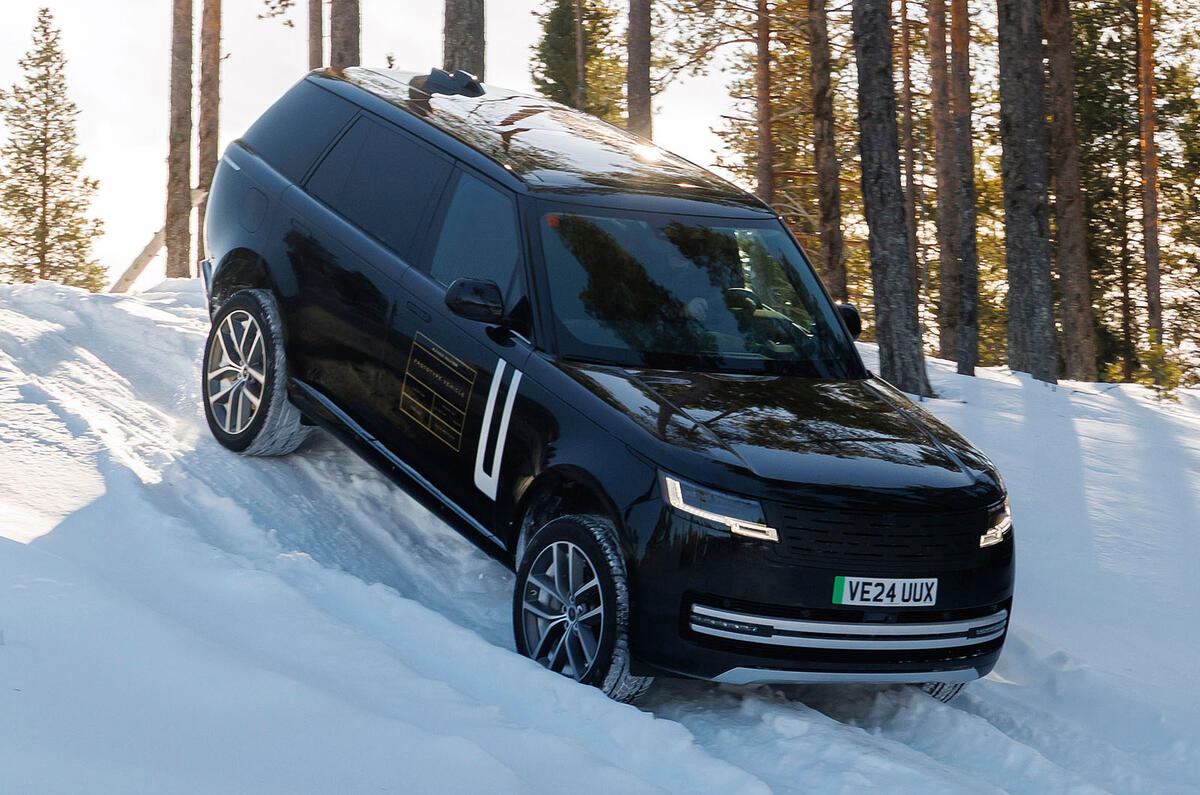
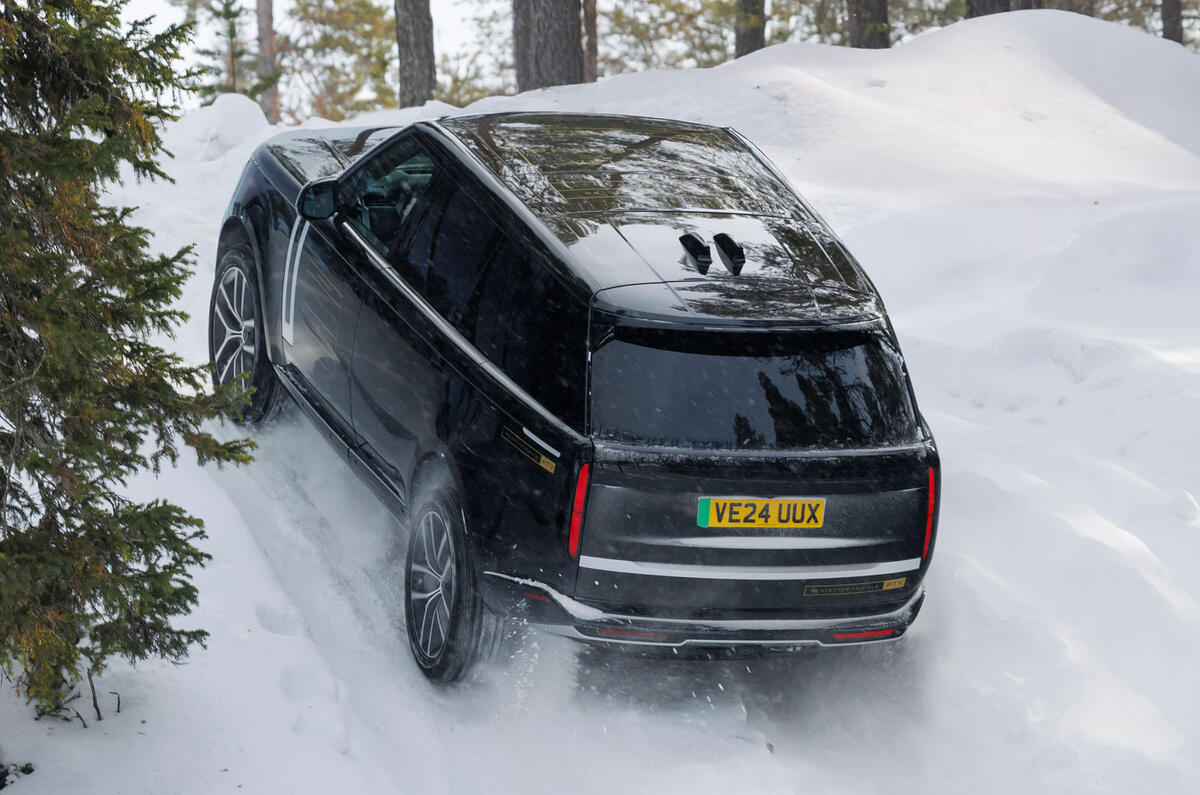

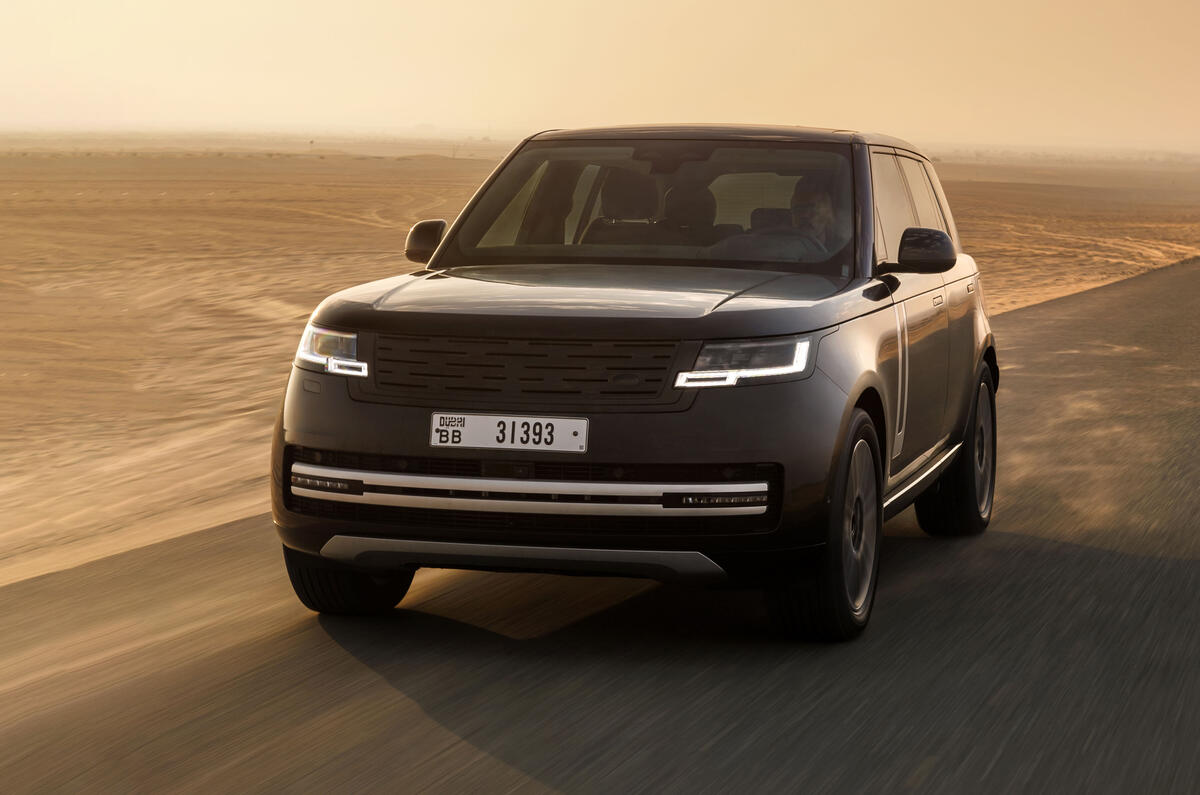




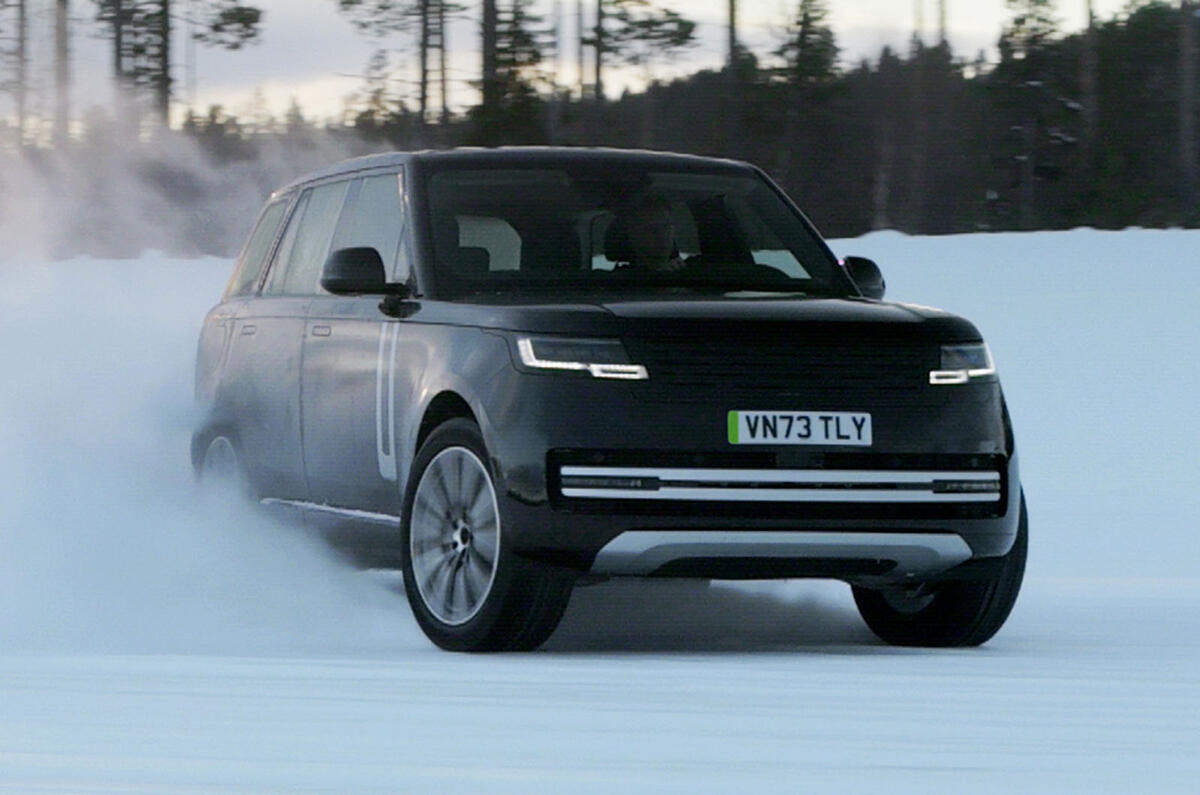
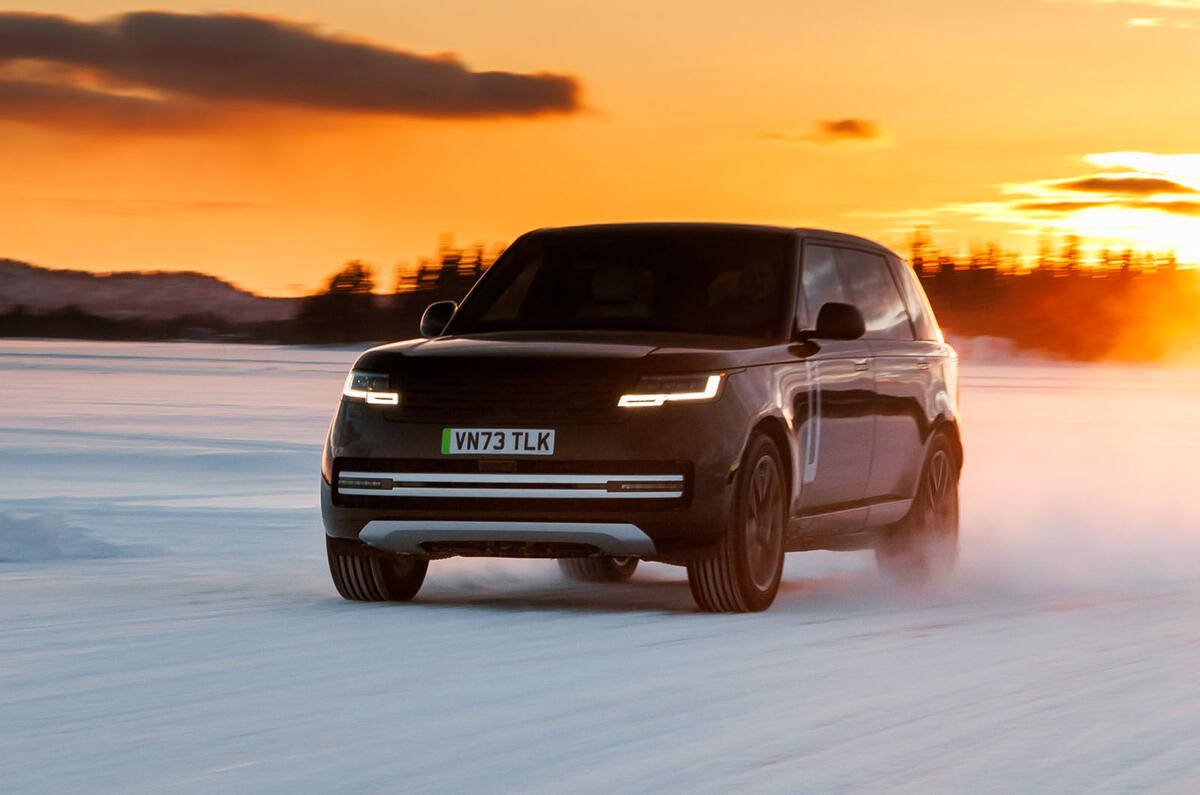
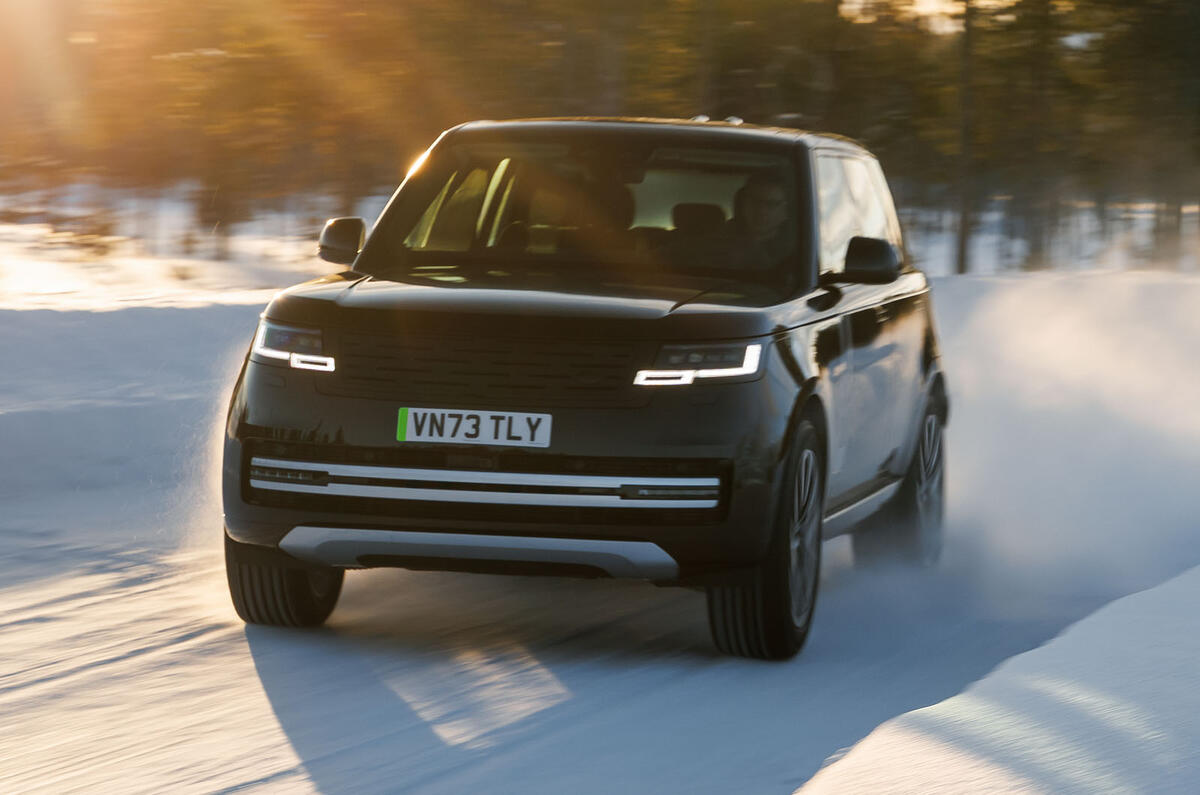
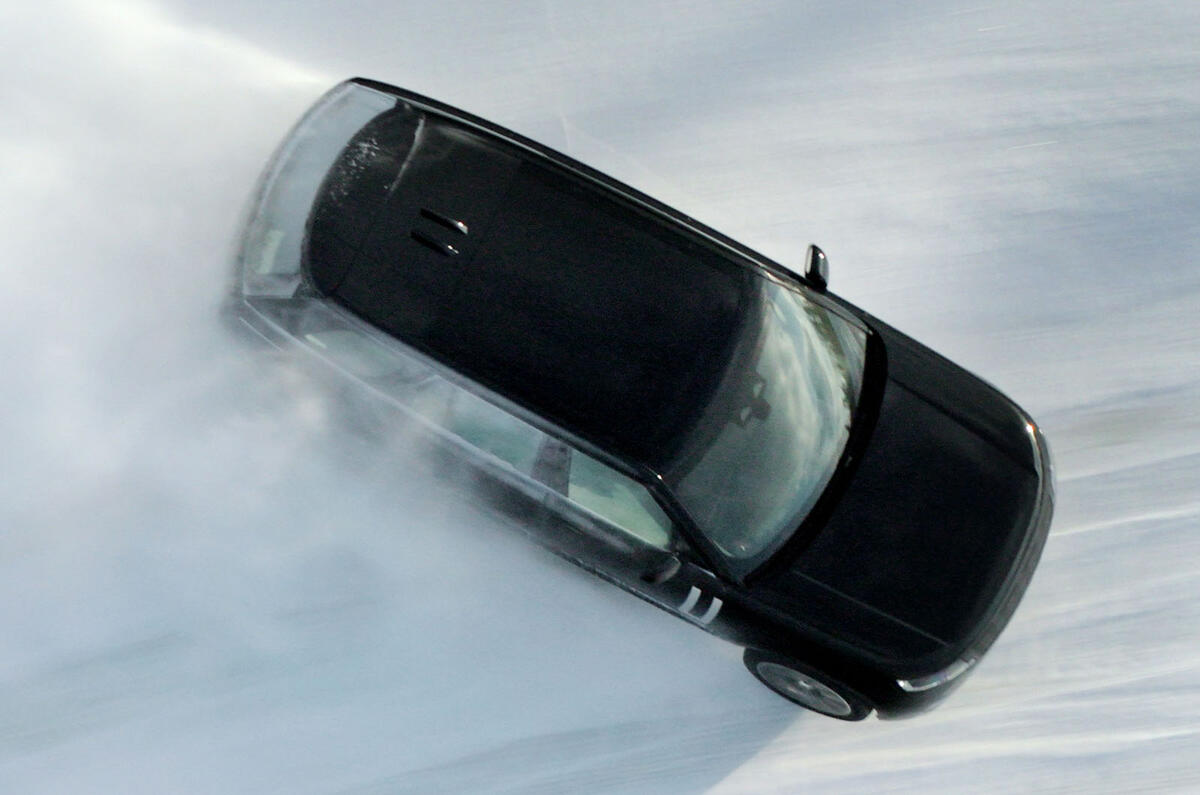
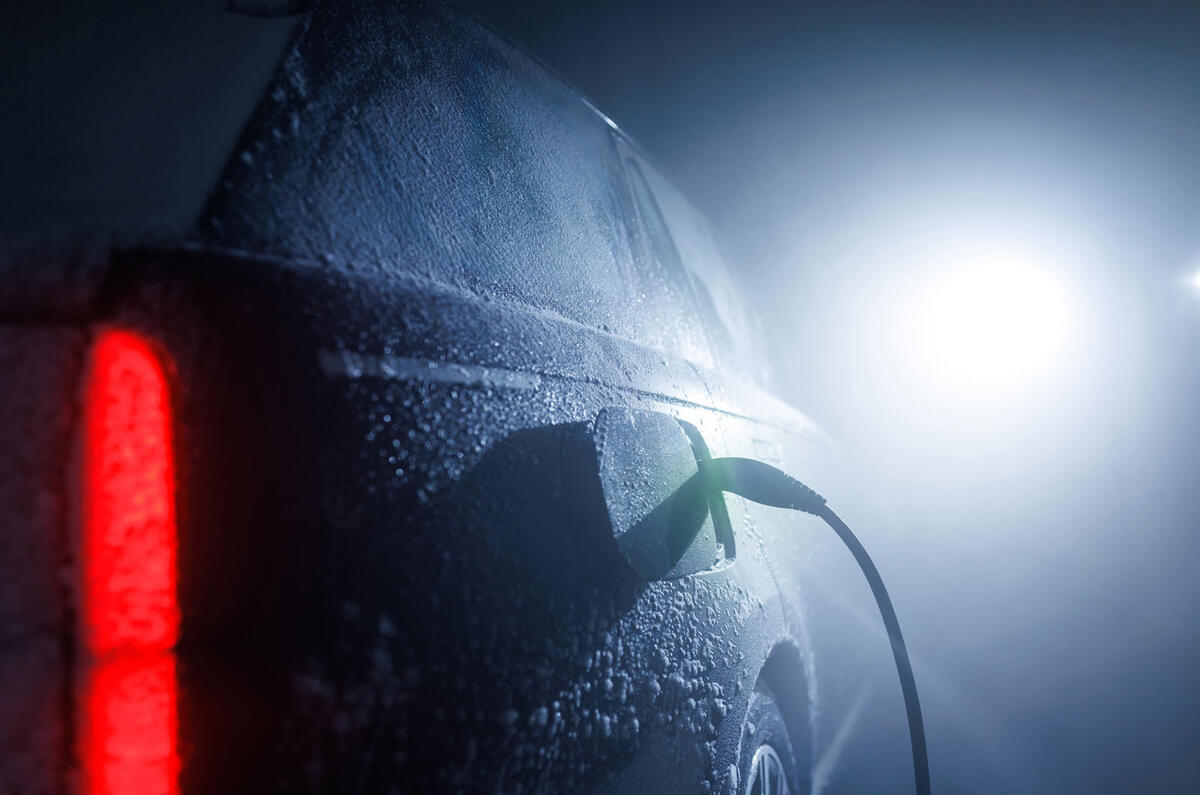
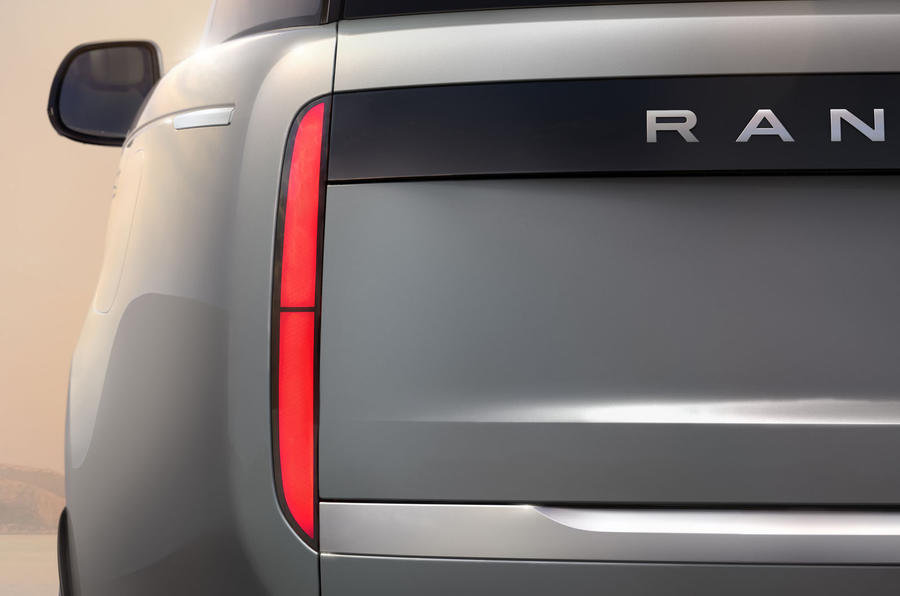





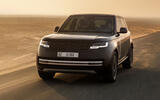




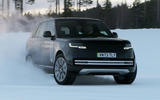




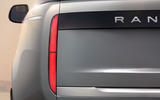
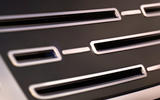
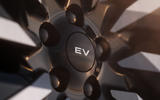












Join the debate
Add your comment
It's good that apart from the grille and badge work, they didn't try to differentiate it visually from the regular Range Rovers. Electric doesn't need to look edgy or weird.
From Autocar's article:
"It's expected to adopt a dual-motor system, which will allow for greater four-wheel-drive ability and systems such as torque vectoring to boost its off-road potential."
how exactly would you have an all wheel drive electric car without more than one motor? It doesn't have a drive shaft. Motors in the hubs? Pretty sure that's not happening. Nostradamus says 'Dual motor' it is.
I only hope that the battery pack is well protected for off roading. It is so easy to write off an EV because of the slightest damage to the battery pack under the vehicle will render it unusable and too expensive to replace.